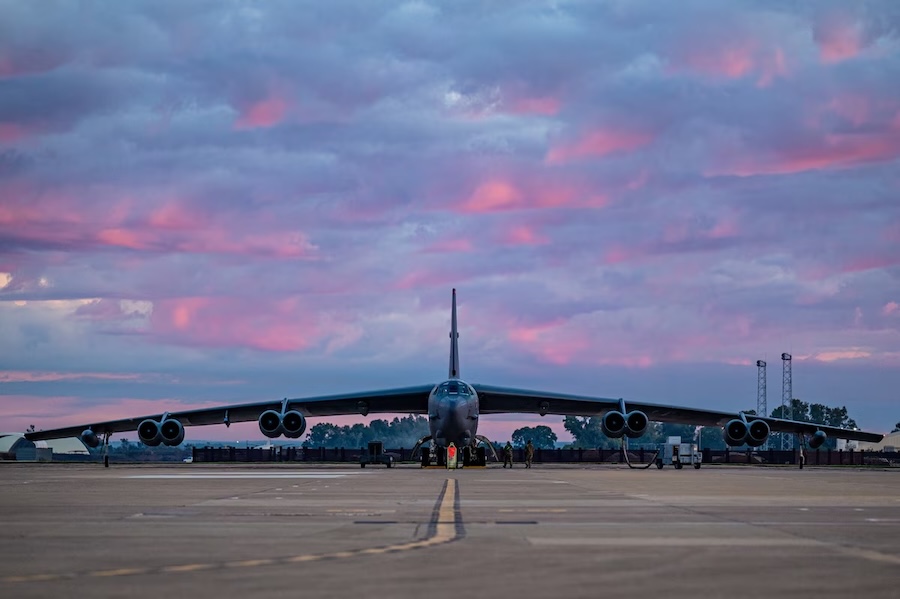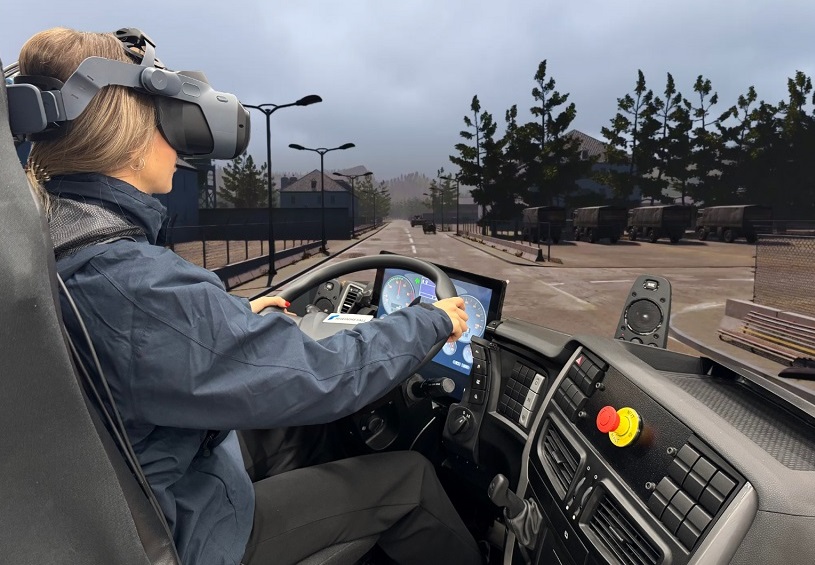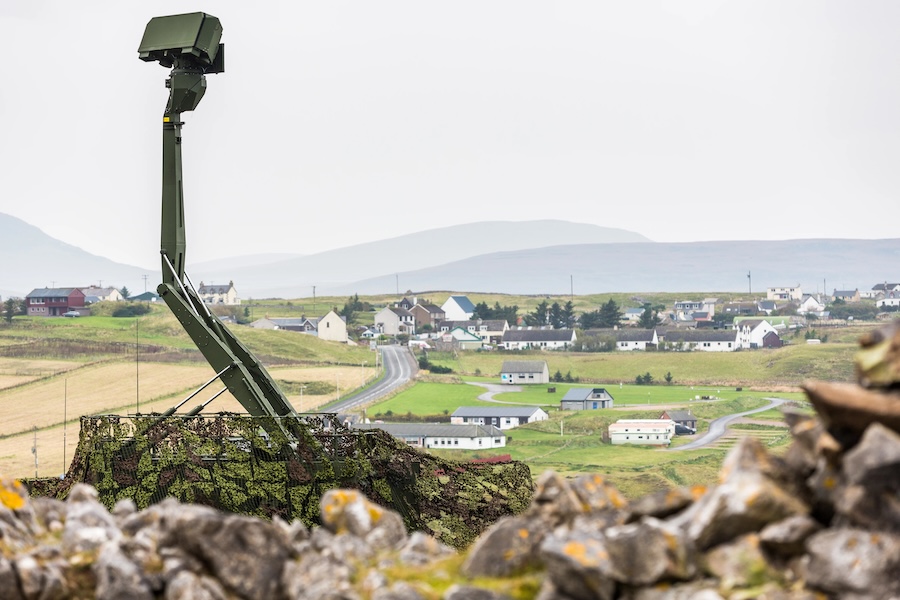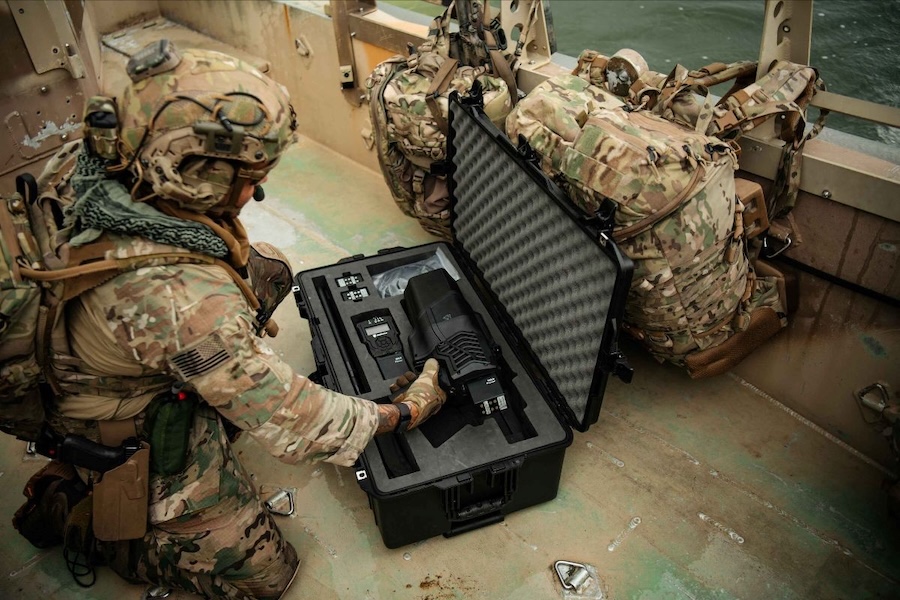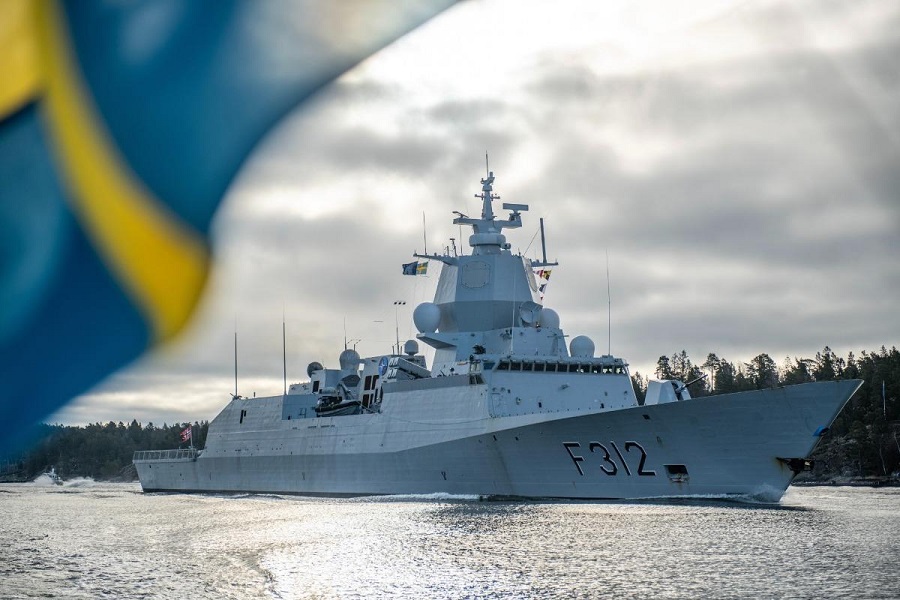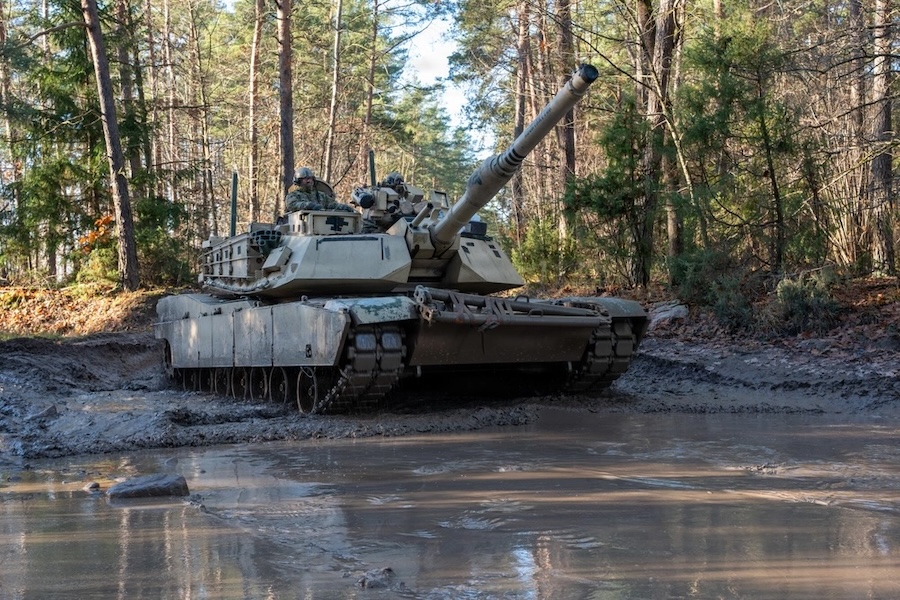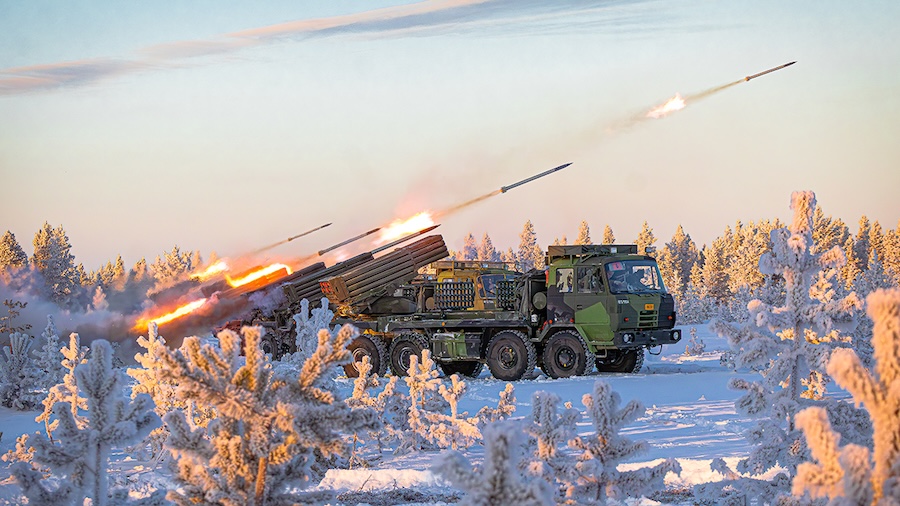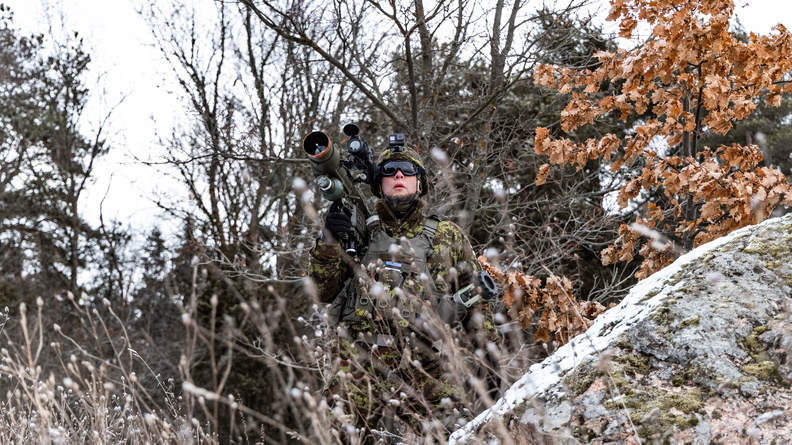During the mission, B-52 aircrews carried out complex, high-end scenarios with Allies and partners across the U.S. European Command, U.S. Africa Command and U.S. Central Command areas of responsibility. “This Bomber Task Force demonstrated our ability to seamlessly integrate with Allies and partners across USEUCOM, USAFRICOM, and USCENTCOM, showcasing the U.S. Air Force’s commitment to Allied combat power and regional security,” said Lt. Col. Matthew Dougherty, 96th Expeditionary Bomb Squadron commander.
Training included work with air forces from Finland, Lithuania and Sweden on scenarios designed to counter anti-access and area-denial capabilities. The deployment strengthened readiness through weapons simulations and the find, fix, track and target process, known as F2T2, while aircrews also completed aerial refuelling to confirm their ability to operate from unfamiliar or austere locations.
“From enhancing our beyond-line-of-sight find, fix, track, and targeting process to countering anti-access, area-denial environments, we are strengthening partnerships in Africa and the Middle East, and maintaining freedom of maneuver with Allied integration in USEUCOM,” said Maj. Adam Carr, 96th Expeditionary Bomb Squadron director of operations. The aircraft also integrated with a NATO-operated E-3 Airborne Early Warning and Control System, highlighting the value of joint execution in complex tactical tasks.
In the U.S. Central Command region, B-52 crews joined Exercise Ferocious Falcon 6 hosted by Qatar to improve lethality and combat efficiency among U.S. and allied forces. They also featured in the Dubai Airshow through a flyover aimed at presenting U.S. airpower to an international audience.
The deployment included a ground-to-air training effort in which U.S. Air Force Joint Terminal Attack Controllers travelled from Vicenza in Italy to Atar in Mauritania. Working with Mauritanian Air Force personnel, they focused on relaying time-sensitive information to B-52 crews, improving interoperability and reinforcing regional partnerships.
Bomber Task Force Europe missions are recurring deployments intended to maintain global airpower projection and ensure U.S. forces remain ready for any contingency. “Such a robust deployment sustains our lethality and reinforces our ability to project global combat power at a time and place of our choosing, while deterring our potential adversaries,” said Dougherty. “There is no replacement for hard power, and the B-52 personifies American strength.”




